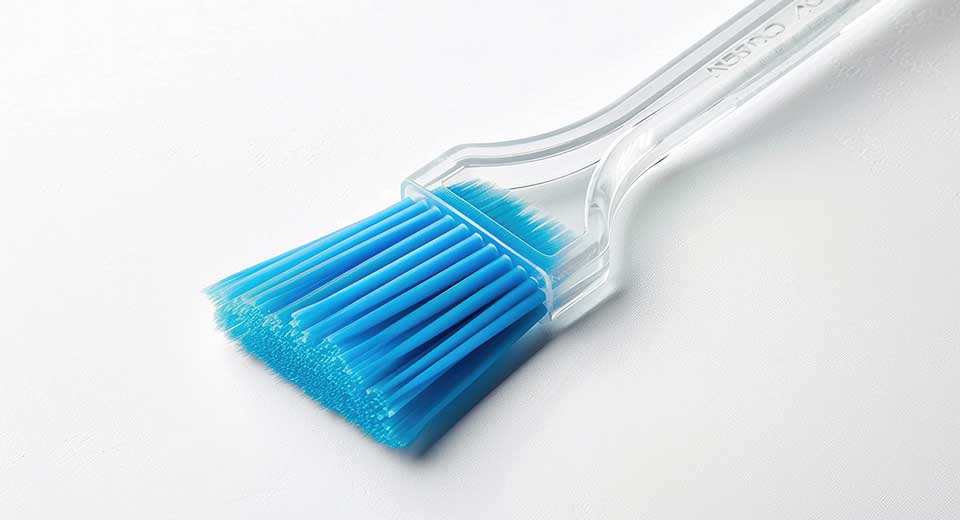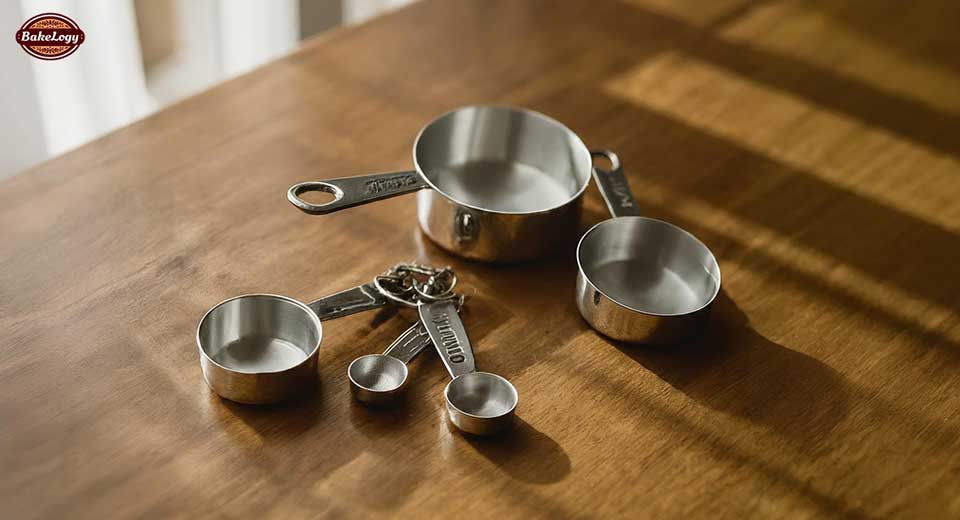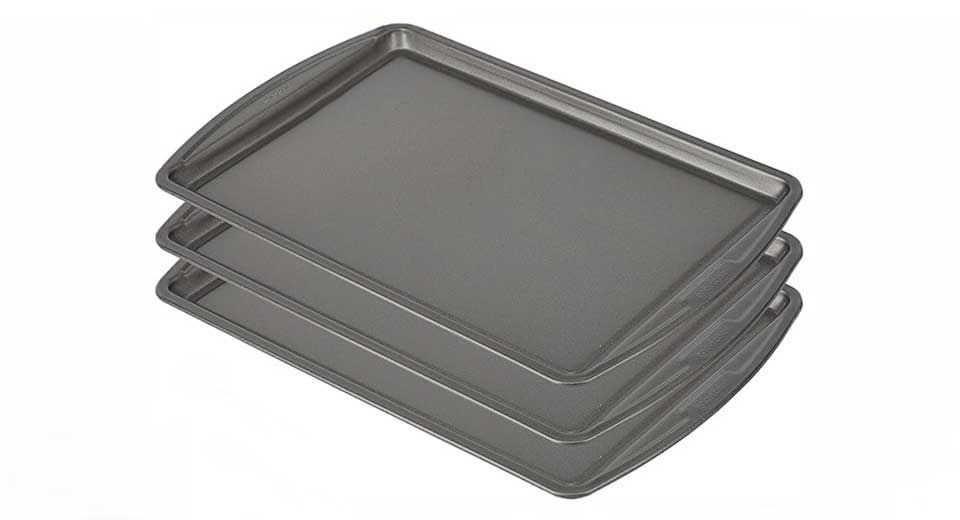Mastering Bakeware: How to Use a Pastry Brush Like a Pro
A pastry brush, also known as a basting brush, is a cooking utensil used to spread butter, oil or glaze on food. Traditional pastry brushes are made with natural bristles or a plastic or nylon fiber similar to a paint brush, while modern kitchen brushes may have silicone bristles. Wikipedia
Understanding the Pastry Brush: Types and Materials
Different types of pastry brushes provide varying results. There are two main types:
- Natural Bristle Brushes
- Made from animal hair.
- Excellent for applying glazes and washes.
- Can shed bristles into the food if not handled properly.
- Silicone Brushes
- Made from heat-resistant silicone.
- Easier to clean and maintain.
- Less likely to shed, but may not absorb liquids as well.
When choosing a brush, consider the handle material:
- Wooden Handles: Traditional, can absorb moisture, might crack over time.
- Plastic Handles: Lightweight, durable, and easy to clean.
Each type and material has its own benefits, making your choice crucial for the task at hand.
Choosing the Right Pastry Brush for Your Baking Needs
Selecting the perfect pastry brush depends on several factors:
- Bristle Material:
- Natural: Soft, ideal for spreading thin liquids like melted butter.
- Silicone: Heat-resistant, easy to clean, doesn’t shed.
- Bristle Size:
- Wide: Great for covering large surfaces quickly.
- Narrow: Suitable for intricate work or detailing.
- Handle Material:
- Wood: Classic, comfortable grip.
- Plastic: Durable, dishwasher-safe.
- Purpose:
- Basting: Opt for larger, thicker brushes.
- Detailing: Use smaller, precise brushes.
Experiment with different types to find what suits your style best. Store brushes properly to maintain their shape and usability.
Essential Pastry Brush Techniques: Brushing, Glazing, and Dusting
Brushing
- Dip your brush into melted butter or oil.
- Lightly brush the mixture over pastries, ensuring even coverage.
- Use light, rapid strokes to avoid over-soaking.
Glazing
- Prepare your glaze (e.g., egg wash, sugar syrup).
- Dip the brush and apply evenly to the surface.
- Coat uniformly to achieve a shiny, golden finish.
Dusting
- Lightly dip the brush in dry ingredients like flour or cocoa.
- Gently flick the brush over your pastry.
- Use to prevent sticking or add a decorative touch.
Implement these techniques to elevate your baking.
Tips for Using a Pastry Brush Like a Pro
- Choose the Right Brush: Opt for a brush with natural bristles for delicate pastries and silicone bristles for easier cleaning.
- Keep It Clean: Always clean your brush immediately after use. Use warm, soapy water for thorough cleaning.
- Avoid Cross-Contamination: Have separate brushes for savory and sweet dishes to prevent flavor mixing.
- Proper Technique: Use a gentle touch to apply even layers of egg wash, butter, or glaze without damaging your pastry.
- Storage: Store your pastry brush in a clean, dry place to maintain its shape and longevity.
Proper Care and Maintenance of Your Pastry Brush
Keeping your pastry brush in tip-top shape ensures its longevity and hygiene. Follow these steps:
- Immediate Clean-Up: Rinse your brush immediately after use to avoid drying and hardening of food particles.
- Warm Soap and Water: Use warm, soapy water to thoroughly clean the bristles.
- Avoid Soaking: Don’t soak your brush for long periods, as it can loosen the glue holding the bristles.
- Rinse Well: Rinse the brush to remove any soap residue.
- Air Dry: Allow your brush to air dry completely before storing it.
- Regular Inspections: Regularly check for loose bristles and replace the brush when necessary.
Common Mistakes to Avoid When Using a Pastry Brush
- Using the Wrong Type: Opt for silicone bristles when working with thick sauces; otherwise, natural bristles work best.
- Overloading the Brush: Dip lightly to avoid applying too much liquid, which can flood your pastry.
- Not Cleaning Regularly: Wash immediately after use to prevent residues from hardening.
- Using a Dirty Brush: Avoid cross-contamination by ensuring your brush is clean before use.
- Ignoring Bristle Quality: Replace worn or shedding brushes to ensure even application and prevent contamination.
- Incorrect Strokes: Use long, smooth strokes to apply evenly and prevent tearing delicate pastries.
FAQ for Pastry Brush
Q1: What is a pastry brush?
A: A pastry brush is a kitchen tool used to spread butter, oil, glaze, or egg wash over food, such as dough or pastries. It helps with applying a smooth and even coating, making it essential for baking tasks.
Q2: What are the different types and materials of a pastry brush?
A: Pastry brushes come in various types such as flat and round. Materials include natural bristles, synthetic bristles, and silicone.
Q3: How do I choose the right pastry brush for my baking needs?
A: Choose a brush based on the type of baking you do. Natural bristles are good for delicate tasks, while silicone brushes are great for spreading thicker mixtures.
Q4: What are the essential techniques for using a pastry brush?
A: Essential techniques include brushing, glazing, and dusting. These techniques help with evenly applying ingredients and creating a professional finish.
Q5: What tips can help me use a pastry brush like a pro?
A: To use a pastry brush like a pro, ensure even pressure, use the right amount of ingredient, and maintain a steady hand.
Q6: How should I care for and maintain my pastry brush?
A: Proper care includes washing the brush immediately after use with warm, soapy water, and thoroughly drying it before storing.
Q7: What common mistakes should I avoid when using a pastry brush?
A: Common mistakes include overloading the brush with ingredient, not cleaning it properly, and using the wrong type of brush for the task.




